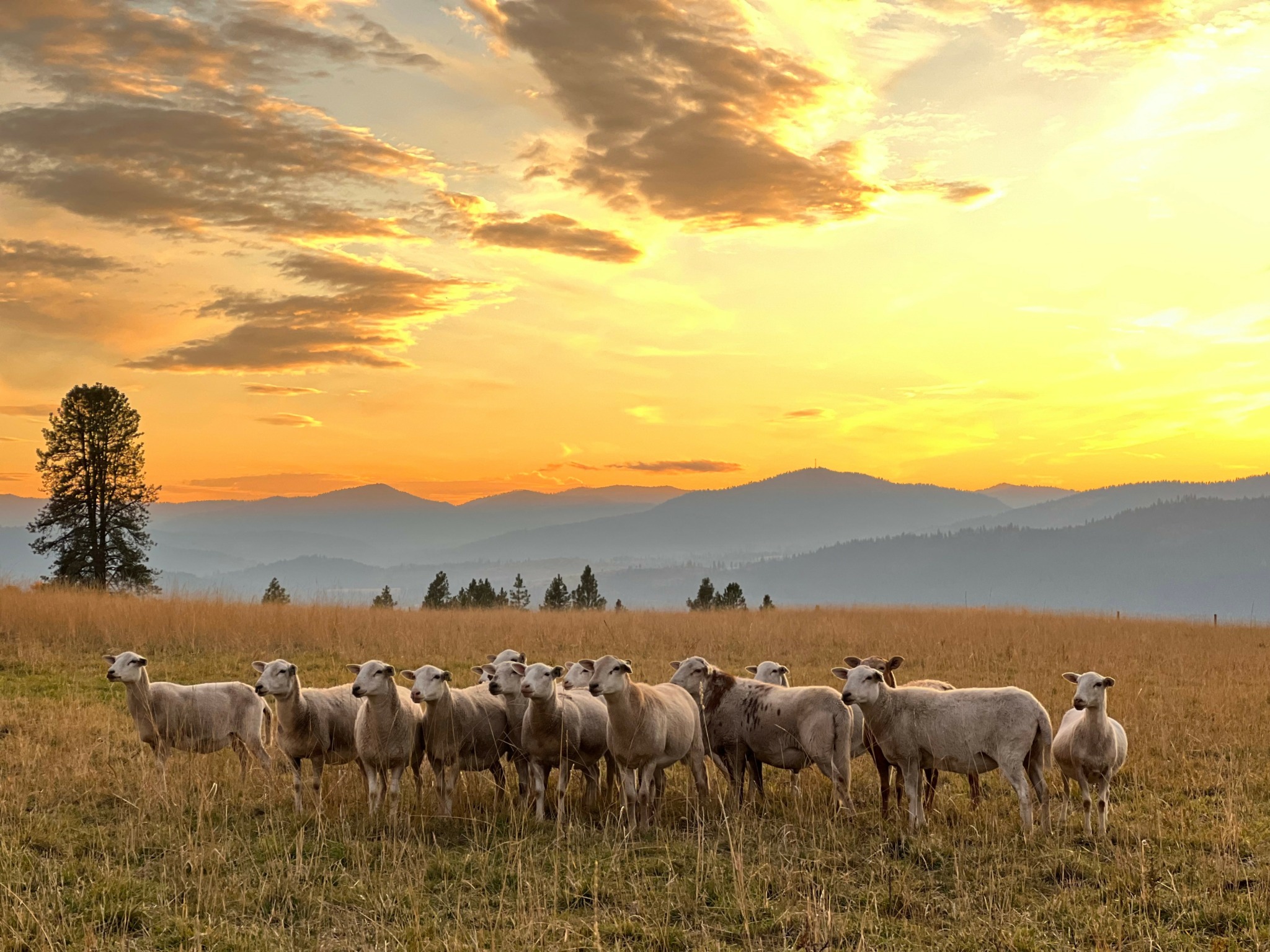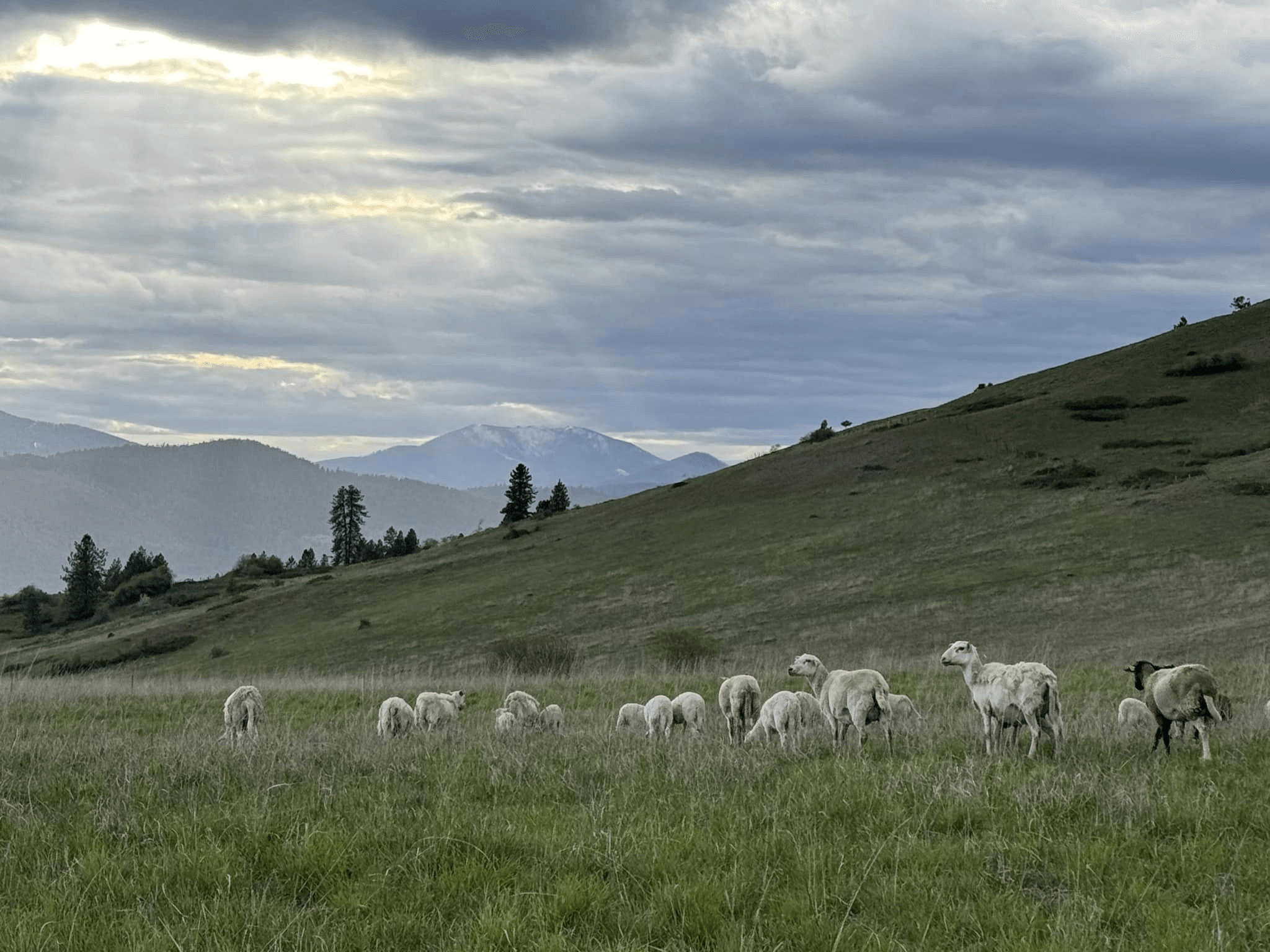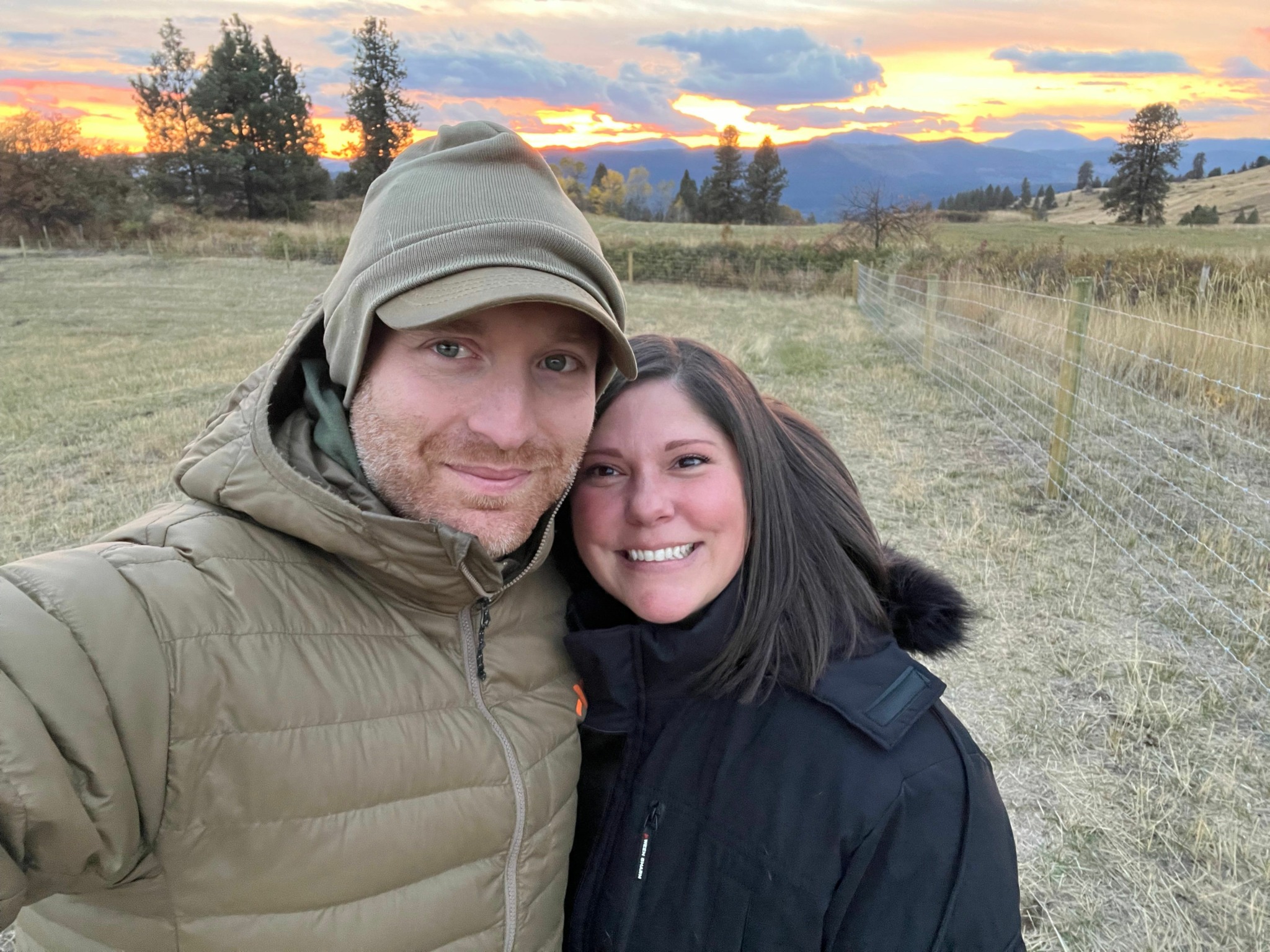Alright – so today we’ve got the honor of introducing you to Thomas Self. We think you’ll enjoy our conversation, we’ve shared it below.
Thomas, appreciate you joining us today. One of the things we most admire about small businesses is their ability to diverge from the corporate/industry standard. Is there something that you or your brand do that differs from the industry standard? We’d love to hear about it as well as any stories you might have that illustrate how or why this difference matters.
It is said that the future world harvests are numbered due to decades of severe topsoil degradation. And while the varying lifespan predictions for our topsoil remain controversial, it is quite clear that we’ve become very poor stewards of our lands. The centralization and scaling up of agriculture have led to the wide adoption of farming and ranching practices that reduce near-term harvest risks and reduce labor at the expense of the health of our soil and the true quality of our harvests. Agricultural practices such as excessive monocropping, extreme pesticide and herbicide use, excessive use of synthetic fertilizers, over-tillage, low-supervision grazing plans, and over-reliance on pharmaceutical products, have all become the norm at large-scale farms and ranches all over the world. These practices were born of incentive structures that reward quantity over quality, and near-term profitability over longevity, and they are clearly putting our future harvests at risk.
At Waterloo Ranch, we practice regenerative agriculture, a farming and ranching system that puts soil health first. Though the term may be relatively new, regenerative agriculture is truly a back-to-basics, hands-on approach to farming and ranching. To build, enrich, and retain soil, regenerative farms must focus on crop diversity, crop rotations, limit or eliminate use of pesticides and herbicides, till minimally, plant cover crops to reduce soil erosion, integrate livestock with rotational grazing systems, limit use of pharmaceuticals, and use all possible waste as natural fertilizer. The result of these practices is a soil that becomes richer, more voluminous, and more full of life by the year, and livestock and crops that are unmatched in their flavor and nutritiousness.
There’s a lot of lamb and beef out there, but it’s clear to us (and our customers) that we offer a truly unique lamb and beef product. As a result of our breeding, grazing management, and feed choices, our beef is as tender and marbled as any beef we’ve ever tasted, and is also superior in flavor; and the lamb from our Katahdin flock is tender and sufficiently balanced in flavor to convert many who have been historically averse to lamb.
Our lambs and cows are never in feedlot type settings, so they enjoy ample space year-round, and an abundance of live forage during the growing season. We could easily increase our livestock head count here without regard to space and increase our potential profits, but space and sanitation for our animals is extremely important to us.
We buy only the best, local-as-possible feeds for all of our livestock. Our grain and legume supplemental feed choice for our cows comes from a mill just 30 minutes from our ranch and it’s loaded with nutrients and probiotics for the health of our animals. This feed comes at over four times the cost of many other grain-based supplemental feed options, but we’ve seen the results and we refuse to compromise.
This same uncompromising approach is employed when it comes to our hay. We will buy over 100,000 pounds of hay for this coming winter and every bale will be tied to an incredibly detailed hay test that assures us that our animals are getting proper nutrition.
The pastures for our sheep and cows are intensively-managed for the proper nutrition and overall health of our animals and the health of our soil. We meticulously and continuously assess stocking rates for optimal forage value and longevity and sanitary conditions. In return we are rewarded with regenerating land, and happy, thriving animals that give us incredible finished products.
In short, we don’t just happen to raise cows and sheep, we spend every day focused on the health of our land and animals and the consequent quality of our meats. We regularly make choices that contribute to our increasingly labor-intensive operation and cut into our already slim margins, but we do so to keep our products local, affordable, humane, of the highest quality, and our systems as regenerative as possible.


Awesome – so before we get into the rest of our questions, can you briefly introduce yourself to our readers.
My wife, Jenn, and I both started work in the restaurant industry at 15 years old and gradually worked our way up to managerial and entrepreneurial roles. After nearly five decades of collective experience on the frontlines in the industry, and much of our lives in urban centers, we decided it was time for a change of lifestyle and a change of scenery. We decided it was time to put our desire for food security, our love for truly meaningful business, our love for nature, and our love for food to work in a new project, in a new place we could call home. In a world that is growing ever more hostile to agriculture, we set out to build and operate a truly regenerative farm and ranch and show that it’s possible to work with the land, instead of simply working on the land.
Waterloo Ranch is named after our tiny ‘neighborhood’ and an historic schoolhouse just across the creek from us. We are a regenerative farm and ranch in Washington state offering grass-fed lamb, beef from pasture-raised cows, pasture-raised eggs, and organic crops. We are committed to systems that show the utmost care and respect for our animals, our crops, and the entire ecosystem, which ensures that every harvest is richer than the last one.
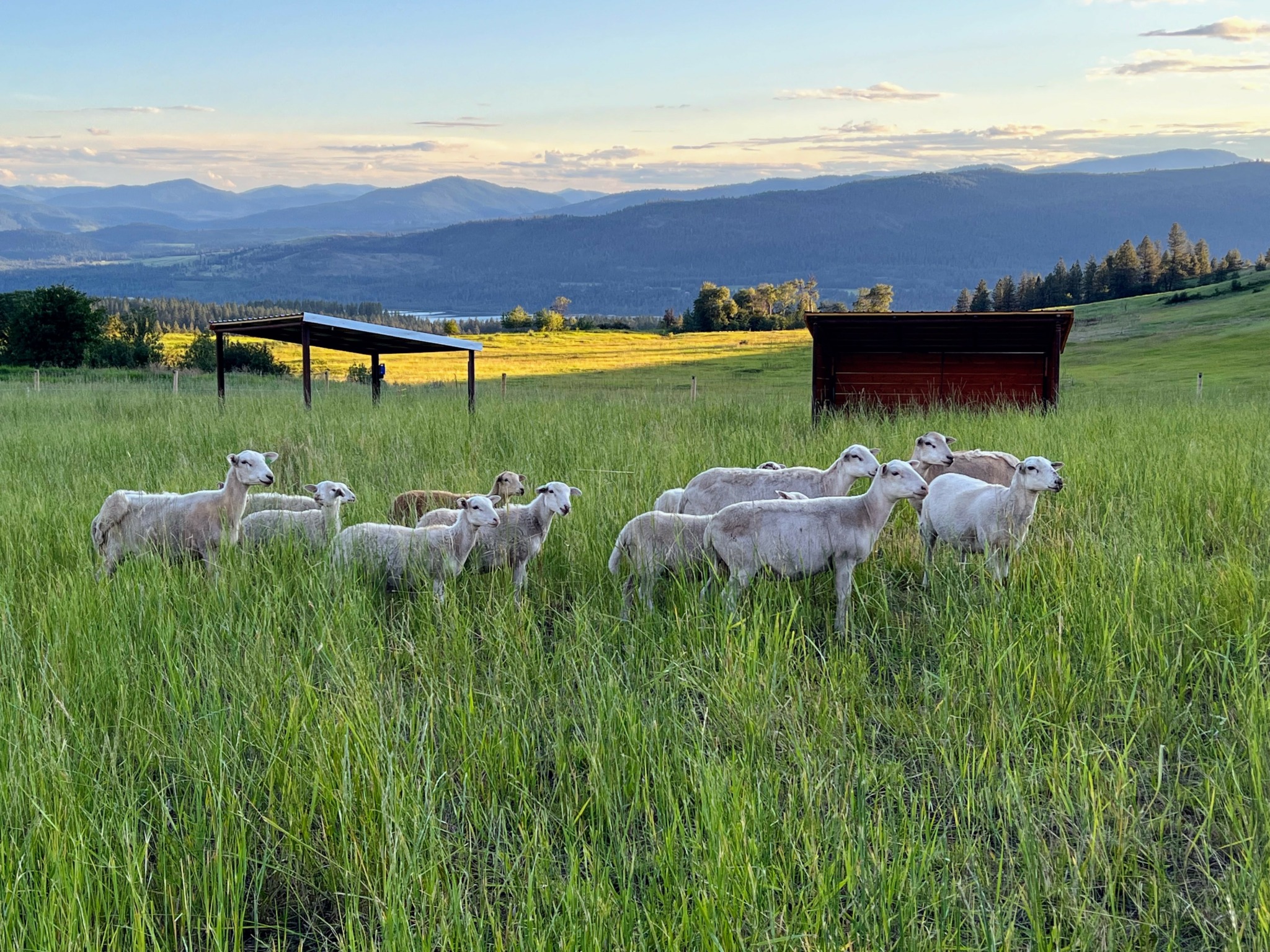
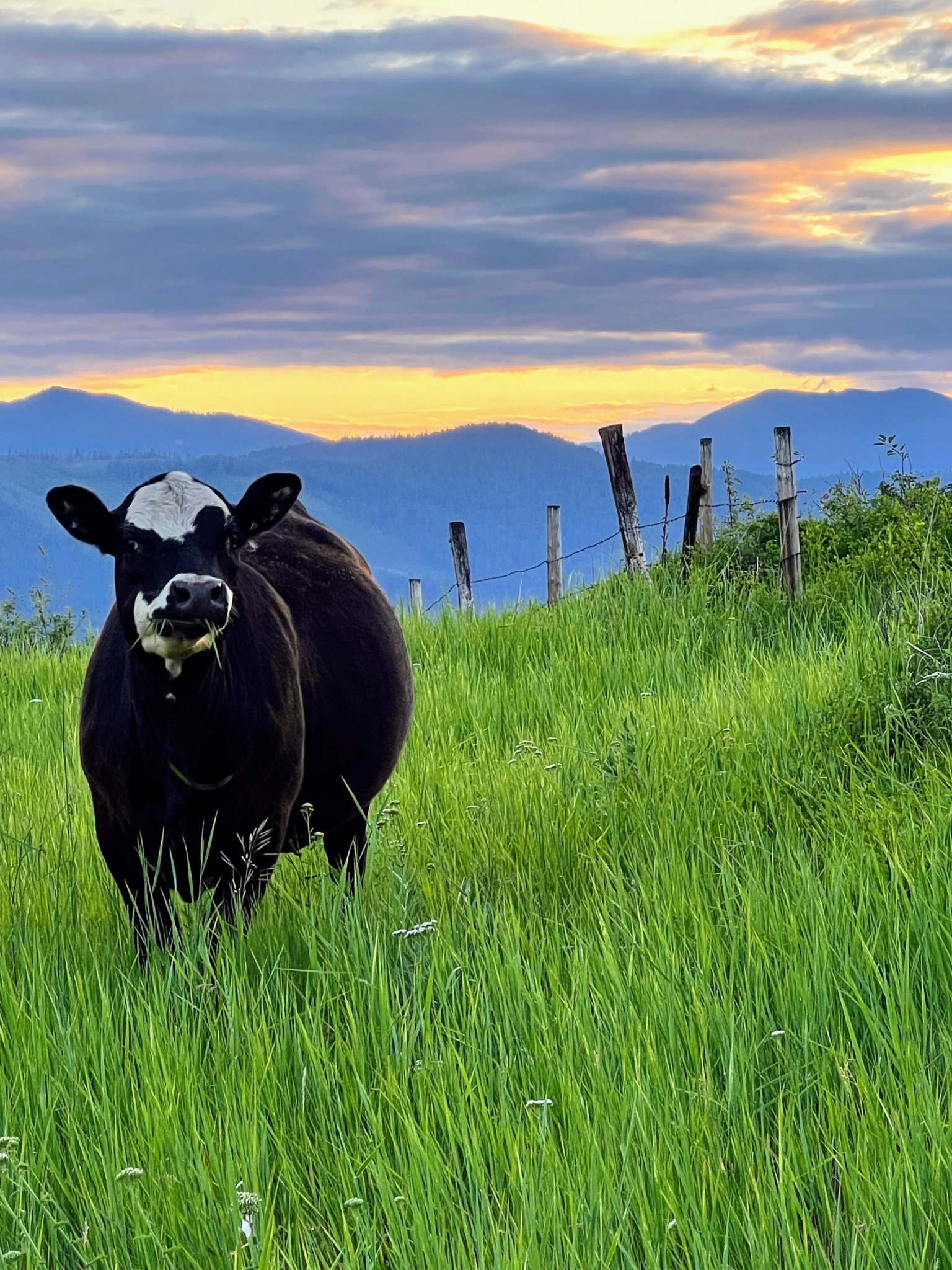
What’s a lesson you had to unlearn and what’s the backstory?
I can’t say that we had to unlearn any lessons here on the ranch, but we certainly had to remember many old lessons from our lives in the foodservice industry. We’ve outlined many of those life lessons in our 10 Life Lessons On The Ranch article below:
10 Life Lessons On The Ranch
When old and new friends and acquaintances learn of our ranching lives, I almost always get an envious ‘wow, that’s the dream!’ reaction of sorts. I usually just nod and say something like, ‘yeah, it’s hard work, but it’s rewarding and we’re enjoying the ride.’ And while that’s a genuine reply on my part, I confess, I’m sometimes simultaneously thinking about the pervasive naivete around ranch living. The truth is that, despite a new romanticism and a revival of interest in the agricultural life, there are some hard life lessons in this line of work, and if you don’t come to this work as an adult with some familiarity with these lessons, this lifestyle is likely to chew you up and spit you out.
As we near the end of winter, it seems like a good time to reflect on some of these lessons in preparation for the exhausting springtime sprint.
Ranch Life Lesson #1:
In the words of Thomas Sowell, ‘There are no solutions, only trade-offs.’ Problems constantly arise here on the ranch, and we can always be sure that the ‘solution’ to any problem will not turn out to be a pure solution at all. Best-case scenario, our ‘solutions’ come with a handful of second- and third-order negative consequences—some foreseeable, and some less so. The cliché ‘no good deed goes unpunished’ comes to mind way too often out here. Endeavoring to do the most good and the least harm is truly an everyday, maddening riddle.
Ranch Life Lesson #2:
The easiest way of doing something is usually fraught with downsides that render the method inadvisable. What we end up doing instead is far more tedious, strenuous, and downright frustrating. In fact, sometimes the least harmful way of doing something is so incredibly inefficient that you feel as if you’re making zero progress. Farming and ranching truly require that you remind yourself often to ‘enjoy the process,’ but make no mistake, farming and ranching is a job, and there are aspects of all jobs that just suck.
Ranch Life Lesson #3:
‘The best laid plans of mice and men often go awry.’And sometimes, it feels like the word ‘often’ in this saying should be replaced with the word ‘always.’ The reality is, sometimes we don’t know what we don’t know, and sometimes there’s just a lot that is quite literally unknowable. In particular, the cooperation of Mother Nature and the animals is almost never granted, so for every Plan A, there must be (at least) a Plan B, C, and D.
Ranch Life Lesson #4:
To paraphrase a quote by someone named Simone Elkeles ‘Opinions are like buttholes, everyone has one but they think each other’s stink.’ We will occasionally be confronted with an issue that prompts us to seek out advice from locals, online forums, and online searches. Sometimes this is helpful, and sometimes it just isn’t, but it’s a worthwhile exercise. Regardless, in all cases you can be certain that you will get a very wide variety of guidance, with most everyone completely assured in the veracity of their claims, and highly suspicious of all others. The truth is that despite pervasive feelings of certainty among many people on a wide range of topics, a lot of claims are supported by nothing but conjecture. In fact, even much of what we call ‘studies’ and ‘science’ in modern culture are just straight univariate fallacies. At the end of the day, all you can do is take everything with a healthy dose of skepticism and make the decision you feel is best based on an informed-as-possible risk-reward analysis for your unique situation.
Ranch Life Lesson #5:
‘Don’t let the perfect be the enemy of the good.’ In fact, it’s healthy to acknowledge that there is no such thing as perfection. This isn’t to say that we should stop striving for the idea of perfection, and it’s not to say that we should absolve ourselves of maximum effort and perseverance—it’s simply to say that your genuine best effort must give you a clean conscience, or inevitable shortfalls and failures will keep you unhappy much of the time.
Ranch Life Lesson #6:
You will never be finished. In the wise words of Soren Kierkegaard ‘To be thus constantly coming to be is infinitude’s deceptiveness in existence. It is enough to bring a sensate person to despair, for one feels a constant urge to have something finished, but this urge is of evil and must be renounced. The continual becoming is the uncertainty of earthly life, in which everything is uncertain.’
It’s easy to set benchmarks on the ranch and tell ourselves that we’ll be ‘in a good place’ when we get there, but the truth is that the to-do list never gets shorter and there’s never really a moment where you accomplish so much that you experience a sort of sublime relief. It’s great to be motivated by a sense of accomplishment, but ultimately, our paths must bring us joy.
Ranch Life Lesson #7:
‘Inaction is often the best course of action.’ Action has a way of helping us cope with feelings of helplessness in tough situations, so there is a strong urge to do something, an urge to do almost anything, that is sometimes best suppressed. Interventions of all types are almost certainly not purely beneficial, and at times they are a net harm, so some time and a sober mind are necessities before taking action.
Ranch Life Lesson #8:
There is a famous design principle, ‘keep it simple, stupid.’ Complexity and exoticism have their places in the world but ranching and farming (and life) are plenty challenging without adding a lot of zero-return (or low-return) elements to your system.
Ranch Life Lesson #9:
The numbers don’t lie, but many lies are told using numbers. In fact, there’s even a famous book entitled How to Lie with Statistics. A good command of mathematics and an eye for context (or missing context) will help you spot dishonesty and/or delusion when it comes to all sorts of agricultural topics, and it’ll keep you honest with yourself when it comes to true net gains (or losses) on the ranch.
Ranch Life Lesson #10:
Take a few minutes each day to simply look up from your work in the outdoors and appreciate your place. I don’t do this as intentionally or as often as I should, so it usually happens spontaneously, and I’m reminded of how lucky we are to be raising and growing our own food (and food for the community) in such a beautiful place. The way the light hits the mountainsides, and the colors of the river are never the same from day to day, and the incredible quiet impresses me every time I stop to listen. It’s sort of an accidental mindfulness exercise on my part, but it can really recharge me in the middle of a hard day’s work.
This list of life lessons might seem overwhelming negative, but #10 makes it all worth it. The challenges of life make it infinitely more meaningful. This journey has been wonderful in so many ways, and we continue to be excited for our future here on the ranch.
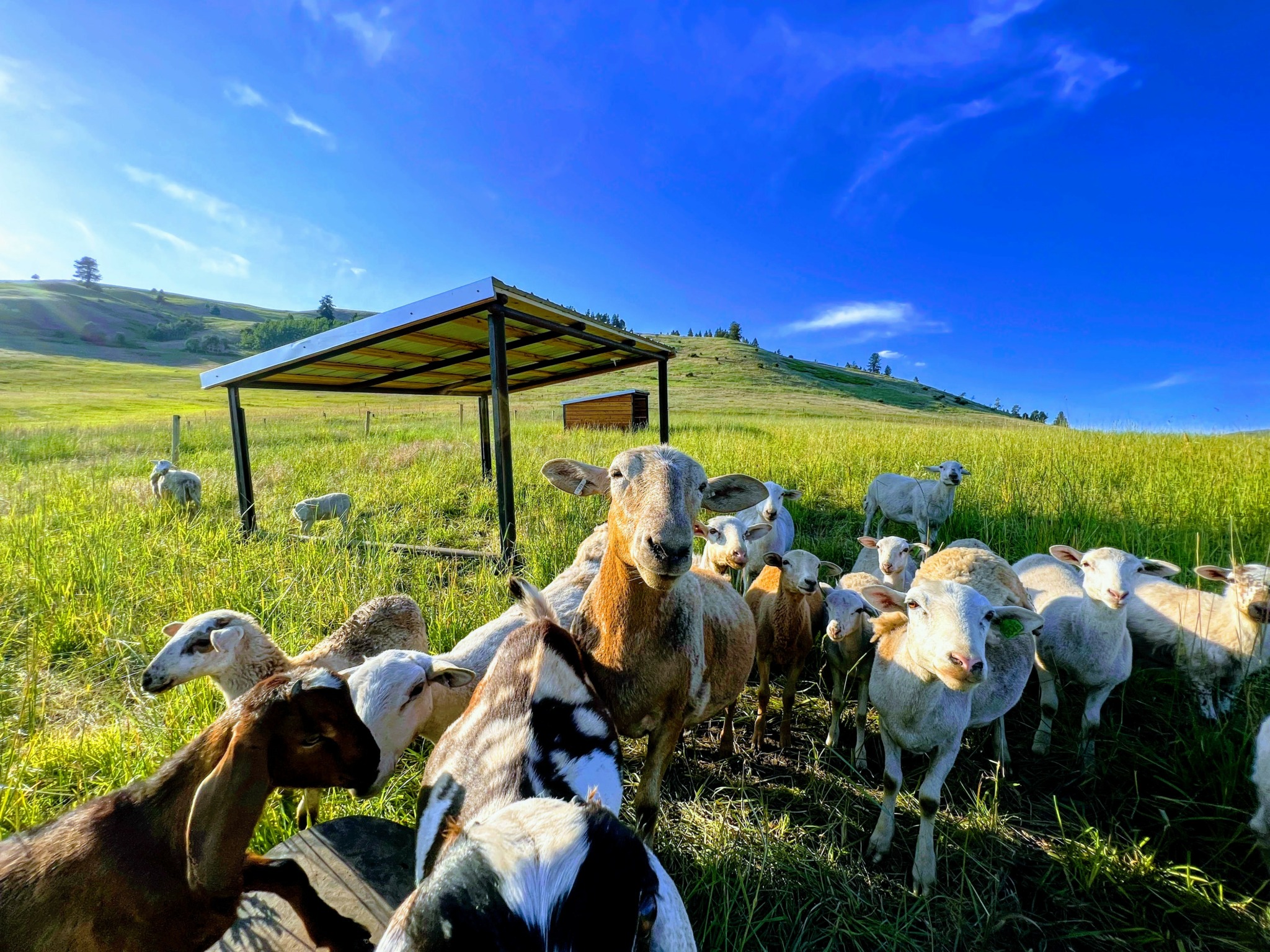
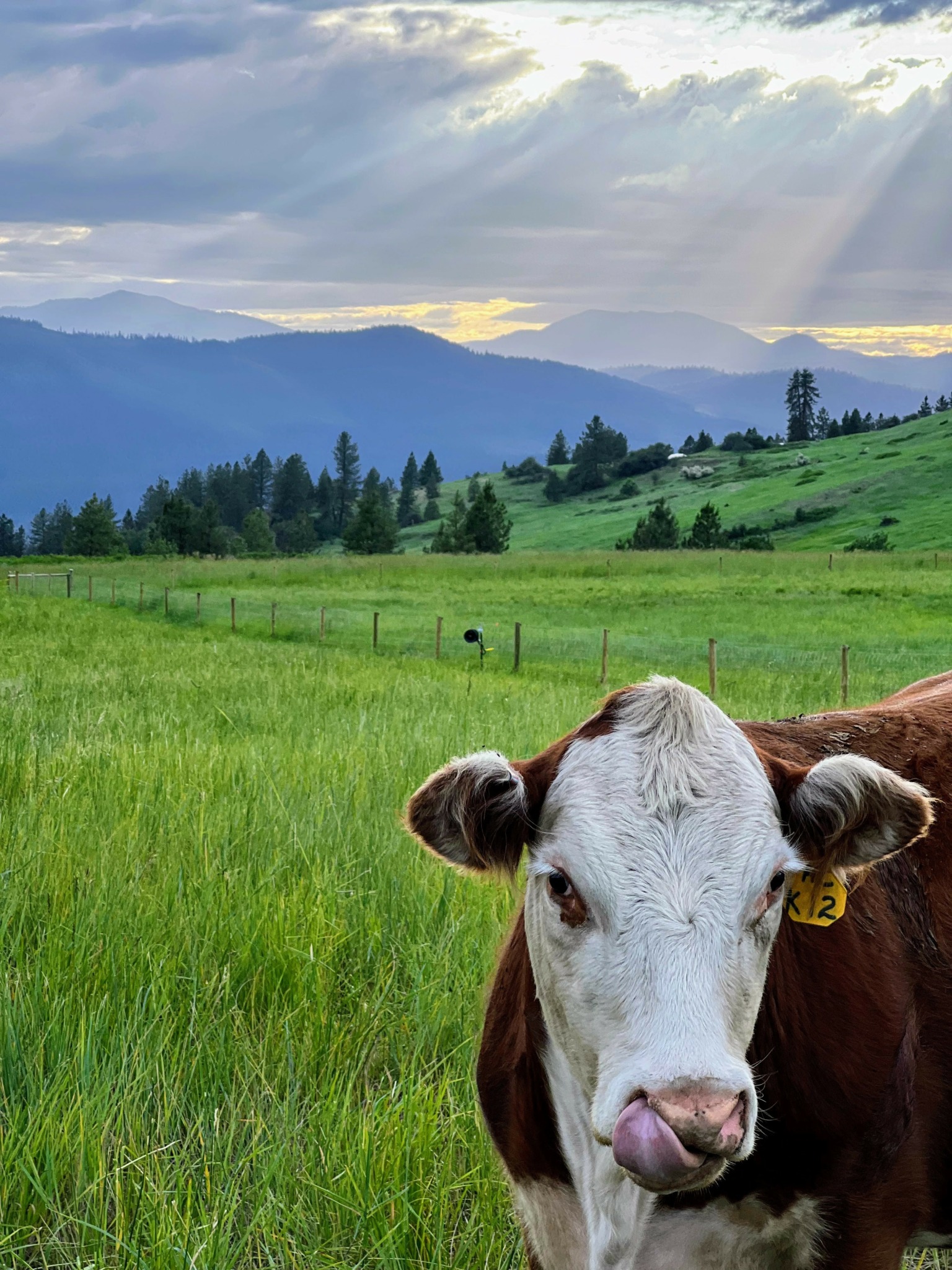
We’d love to hear your thoughts about selling platforms like Amazon/Etsy vs selling on your own site.
We use WooCommerce for our online Ranch Shop. In the Ranch Shop, our customers can reserve their beef and lamb in bulk or in individual cuts and select options for pick-up points. WooCommerce is a great Ecommerce option for those with WordPress-designed sites so your online shop matches the look and feel of the rest of your site. It is, however, a very robust Ecommerce option and will affect your site speed.
For point-of-sale, we prefer to use Square. It’s fast and can be designed very simply, and has a good offline payment option for situations where internet/cellular access is unreliable.
Both Ecommerce platforms are great for their most ideal purposes, and we’d recommend both.
Contact Info:
- Website: https://waterloo-ranch.shop/
- Instagram: https://www.instagram.com/waterlooranch/
- Facebook: https://www.facebook.com/profile.php?id=100087811895571
- Twitter: https://x.com/waterlooranch
- Youtube: https://www.youtube.com/@waterlooranch
- Yelp: https://www.yelp.com/biz/waterloo-ranch-rice
